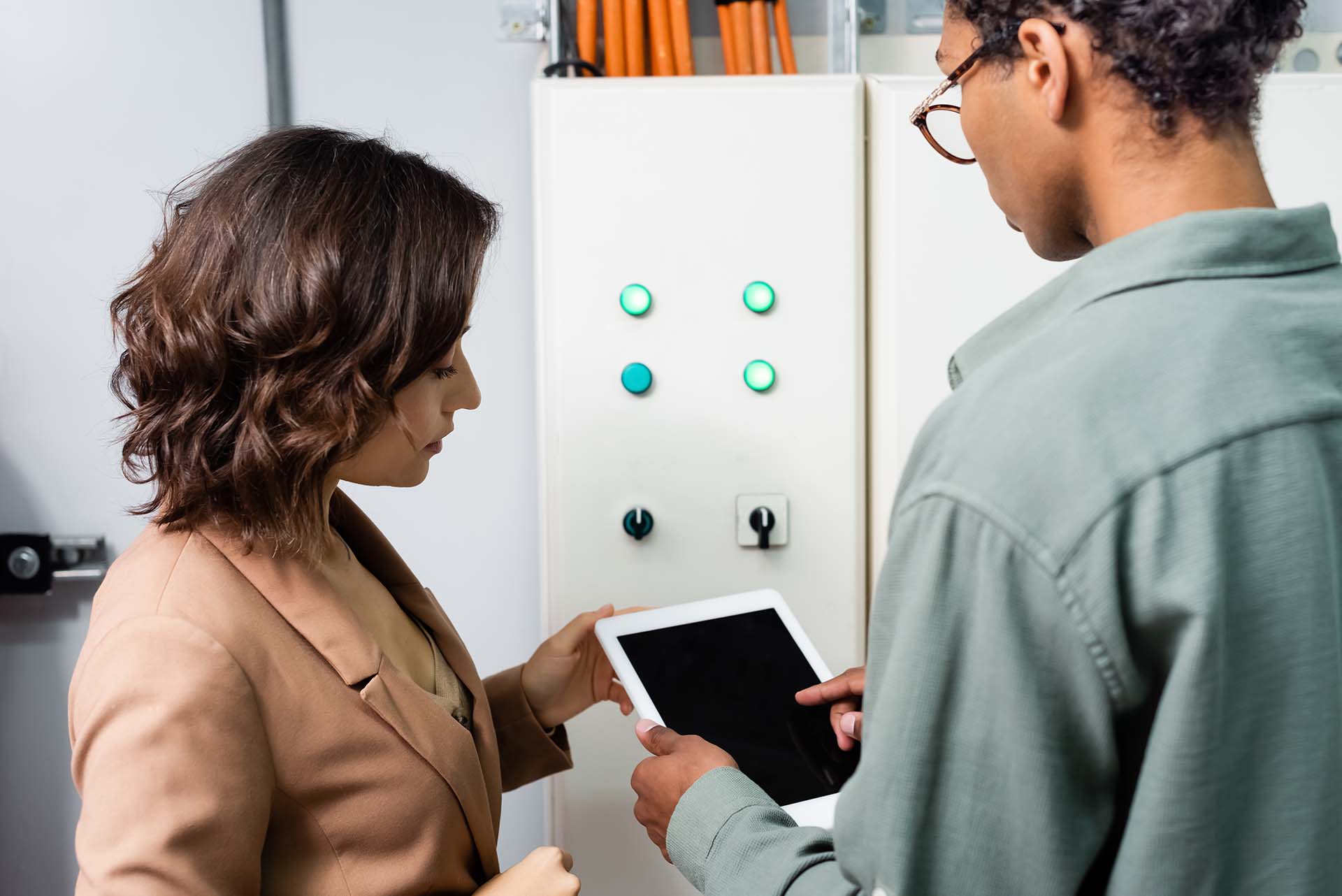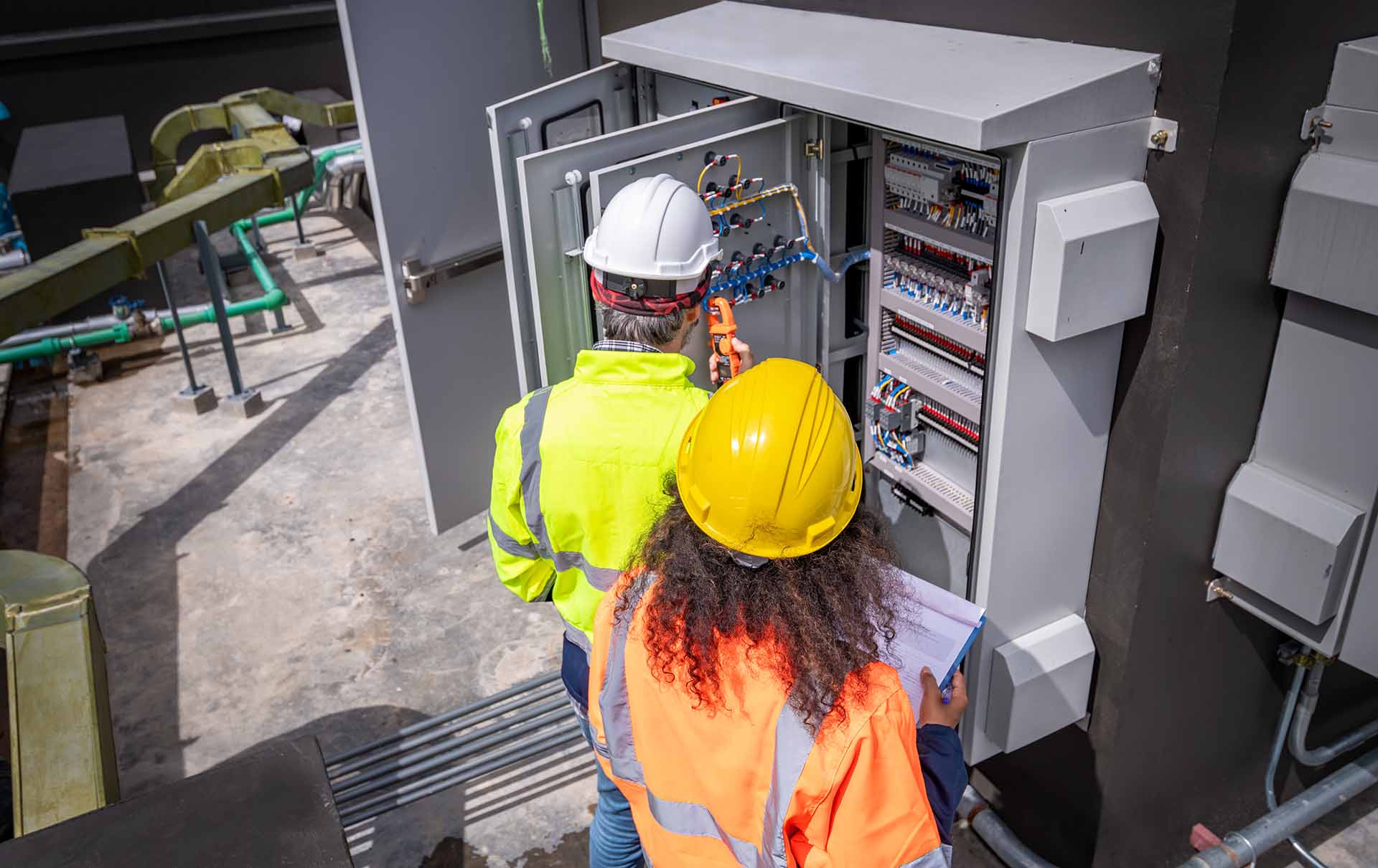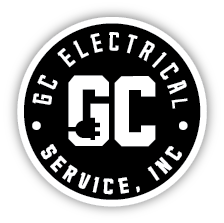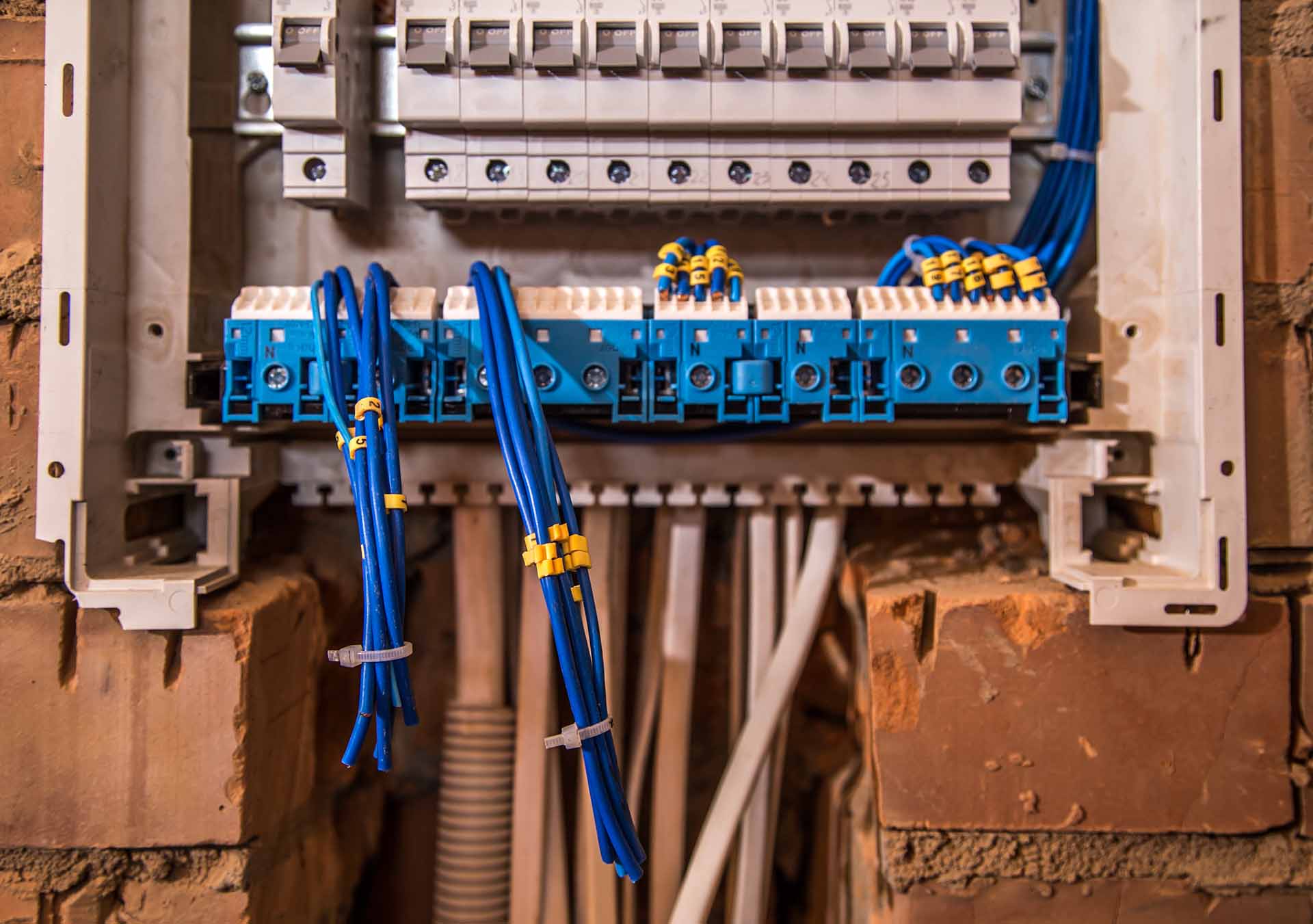Installing electrical panel covers is not just a safety requirement, but also a practical step towards maintaining your electrical system. These covers ensure that safety regulations are followed, shield the electrical panel from dust, debris, and unintentional contact, and help in preventing potential hazards. By following the proper installation process, you are not only ensuring safety but also protecting your electrical system from potential damage.
Whether you're a seasoned professional electrician or a homeowner, this guide empowers you to enhance your understanding of electrical safety. We'll guide you through the step-by-step process of installing electrical panel covers, equipping you with safety precautions and best practices. Mastering this skill not only ensures a reliable and secure electrical infrastructure but also boosts your confidence in handling electrical safety.
Importance of Regular Checks
There are a few reasons why it's crucial to inspect the covers on your electrical panels regularly:
- Safety: Ensures the electrical panel is securely covered, reducing the risk of accidental contact, dust ingress, and potential electrical hazards.
- Preventive Maintenance: Identifies minor issues before they escalate into major problems, saving you from costly repairs and downtime.
- Compliance: Helps ensure your electrical system complies with local building codes and safety regulations.
- Peace of Mind: Regular inspections provide assurance that your electrical system is in good working order, contributing to your home's overall safety and functionality.
By incorporating these checks into your regular maintenance routine, you can help ensure your electrical system's longevity and safety, protecting your property and its occupants.
Eight Steps to Installing Electrical Panel Covers
Safety and protection of the electrical components within are guaranteed by a properly installed electrical panel cover. Follow these steps to install an electrical panel cover correctly:
-
Gather Necessary Tools and Equipment
Before starting, ensure you have the necessary tools and equipment for the job. You'll need a screwdriver, which is usually a flathead or Phillips, depending on the specific panel you're working with, as well as the electrical panel cover and the screws that typically come included with it. A flashlight can improve visibility, especially in dimly lit areas. When working with electrical components, it's also crucial to wear personal protective equipment (PPE) like gloves and safety glasses to shield yourself from potential risks. To ensure a safe and efficient completion of the installation process, make sure you have all these items on hand before starting. -
Turn Off the Power
Safety is paramount when working with electrical panels. Locate the main breaker and turn it off to cut power to the panel. This reduces the risk of electrical shock while you're working. -
Inspect the Electrical Panel
Before installing the cover, inspect the electrical panel for any signs of damage or loose wires. Ensure all circuits are appropriately labeled, and no exposed wires or connections could pose a hazard. -
Position the Panel Cover
The electrical panel cover and panel box should be carefully aligned. Most covers have a specific orientation, so ensure that the labels and knockout holes match the circuit breakers and other components inside the panel. -
Secure the Cover with Screws
Screws should be placed into the panel cover's pre-drilled holes using the proper screwdriver. To guarantee uniform pressure and alignment, progressively tighten each screw while switching between them. Avoid over-tightening, as this can strip the screws or damage the panel cover. -
Check the Fit
Once the cover is secured, ensure it fits snugly and all edges are flush with the wall or panel box. There should be no gaps or misalignments. Adjust the cover if necessary to achieve a proper fit. -
Restore Power and Test
After ensuring the cover is properly installed and secure, turn the main breaker back on to restore power to the panel. Test a few circuits to ensure everything is functioning correctly and that the electrical system is free of issues. -
Perform a Final Safety Check
Perform a final visual inspection to confirm that the cover is securely in place and that there are no loose screws or misaligned parts. Make sure all labeling is visible and legible for easy identification of circuits.
Installing an electrical panel cover is a straightforward process that significantly enhances the safety and functionality of your electrical system. By following these steps and adhering to safety precautions, you can ensure a secure and reliable installation. Never forget to put safety first; ask an experienced electrician for help if you're unsure. Installing an electrical panel cover correctly enhances the general safety of your residential or commercial property and protects the panel.

Common Mistakes to Avoid When Installing
Installing an electrical panel cover might seem straightforward, but several common mistakes can compromise the safety and functionality of your electrical system. Here are key pitfalls to avoid:
Failing to Turn Off the Power
One of the biggest mistakes you can make is not turning off the main breaker before commencing the installation. Turning off the main breaker eliminates the possibility of electrical shock when working on the panel.
Using the Wrong Tools
Using incorrect or low-quality tools can lead to improper installation. Ensure you use the correct type of screwdriver (flathead or Phillips) that fits the screws provided with the panel cover. Using the wrong tools can strip screws or damage the cover.
Not Wearing Protective Gear
Skipping personal protective equipment (PPE) like gloves and safety glasses increases the risk of injury. Always wear appropriate PPE to protect yourself from electrical hazards and sharp edges.
Misaligning the Cover
If the panel cover is misaligned, it can create gaps or misalignments that affect safety and look bad. Ensure the cover is in the correct position and that all edges parallel the panel box and the wall.
Over-Tightening Screws
If you tighten the screws too tight, they may come loose and damage your panel cover. Try to tighten the screws as little as possible to make sure the cover is securely fastened without using too much force.
Leaving Gaps
Any gaps between the cover and panel can allow dust, debris, or moisture to seep into the internal components, potentially causing short circuits or other electrical issues. Make sure the cover fits securely.
Ignoring Loose Wires
If you don’t check and fix any loose wiring or connections inside your panel before you install the cover, it can cause electrical problems in the future. Check for and fix any loose wires before you close your panel.
Forgetting to Label Circuits
Maintenance and troubleshooting may become more challenging and dangerous if circuits are not labeled. Make sure every circuit breaker and the circuit it belongs to is labeled clearly for convenience of identification.
Not Testing the System After Installation
Ignoring problems that go unnoticed can arise from skipping the electrical system test after panel cover installation. Always turn the power back on and check that a few circuits are working properly.
Avoiding these common mistakes when installing electrical panel covers is crucial for maintaining a safe and efficient electrical system. By ensuring the power is off, using the right tools, wearing protective gear, and following proper installation procedures, you can avoid potential hazards and ensure a secure, professional installation. Taking the time to do the job correctly will help protect your home and provide peace of mind.

How Often to Check Electrical Covers
As a homeowner, property manager, or individual responsible for building maintenance, your role is crucial in ensuring both electrical safety and house maintenance. Regularly inspecting your electrical panel covers is a key part of this. Here's a recommendation for how frequently and why to check your electrical covers:
Annual Inspections
Once a year, take a close look at the covers on your electrical panels. It's like giving your electrical system a health check. Look for any signs of wear and tear, damage, or corrosion. Check for gaps or misalignments and make sure the cover is firmly fastened. This annual check is your opportunity to catch and fix any potential issues before they become major problems.
Post-Renovation or Remodeling
Inspecting your electrical panel covers following any major remodeling or renovation project is imperative. The electrical panel may occasionally be affected by vibrations, dust, and debris from construction projects. Keeping the cover tight and the panel spotless can preserve the integrity of your electrical system
After Severe Weather Events
Inspect your electrical panel covers after severe weather events such as storms, floods, or heavy snowfall. These conditions can impact the structural integrity of your home and affect the electrical system. Checking the panel cover ensures it has not been damaged and remains properly secured.
When Experiencing Electrical Issues
If you notice any electrical issues, such as frequent circuit breaker trips, flickering lights, or unusual sounds from the electrical panel, it's a good time to check the panel cover. These symptoms indicate underlying problems that must be addressed by inspecting and accessing the panel.
Routine Home Maintenance Checks
Checks for electrical panel covers should be part of your regular home maintenance routine. For instance, don't forget to check the electrical panel cover when doing seasonal maintenance on your plumbing or HVAC systems. This practice ensures that your electrical system is regularly monitored and maintained.
Regularly checking electrical covers is not just a task, it's a responsibility that can prevent serious hazards. By identifying and addressing potential issues before they escalate, you're not just ensuring safety, but also prolonging your electrical infrastructure's lifespan. Neglecting this task could lead to unforeseen risks and costly repairs.
Enhancing Safety and Aesthetics by Proper Installing
Improving the safety and aesthetics of your home requires routine inspections and the correct installation of electrical panel covers. By shielding your electrical system from dust, debris, and unintentional contact, these covers greatly lower the possibility of electrical hazards like shocks and fires. By incorporating routine inspections and addressing any issues promptly, you ensure that your electrical infrastructure remains secure and compliant with safety standards. This contributes to a safer living environment and maintains a neat and orderly appearance, providing peace of mind and preserving the overall integrity and visual appeal of your home.
Visit the GC Electrical Service, Inc. blog for more tips and advice on maintaining a safe and efficient electrical system.


